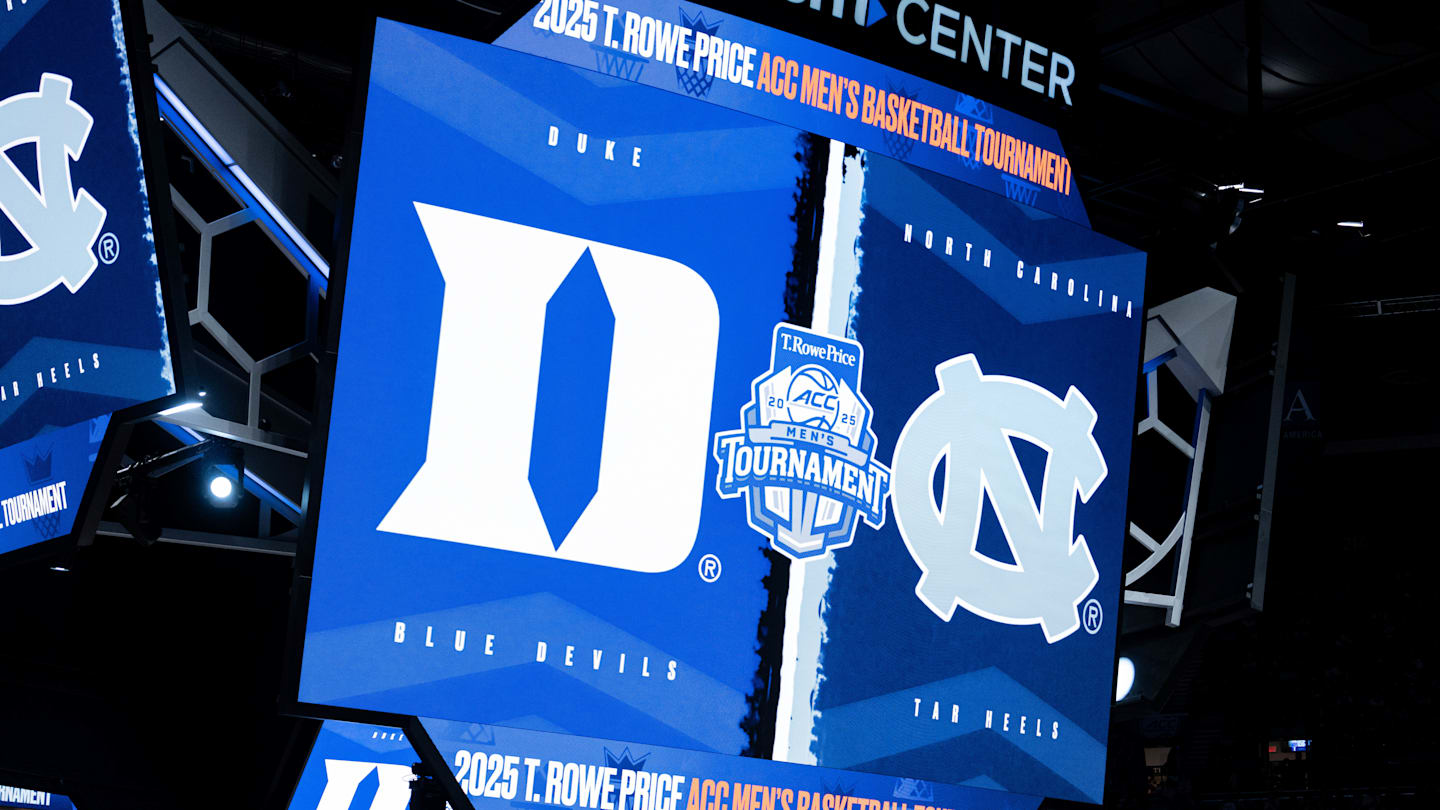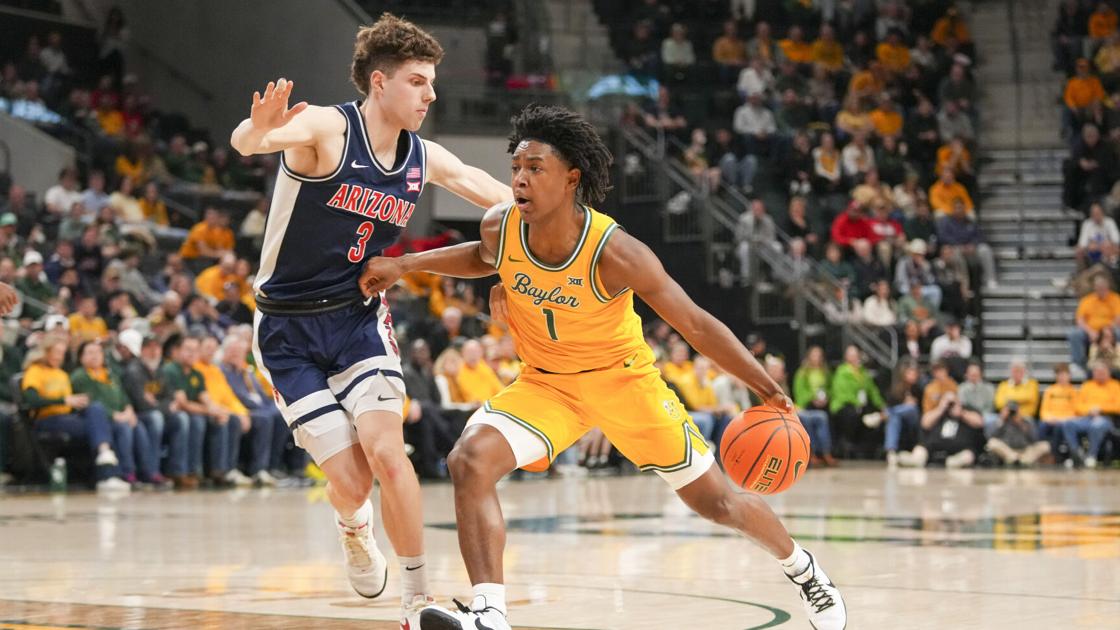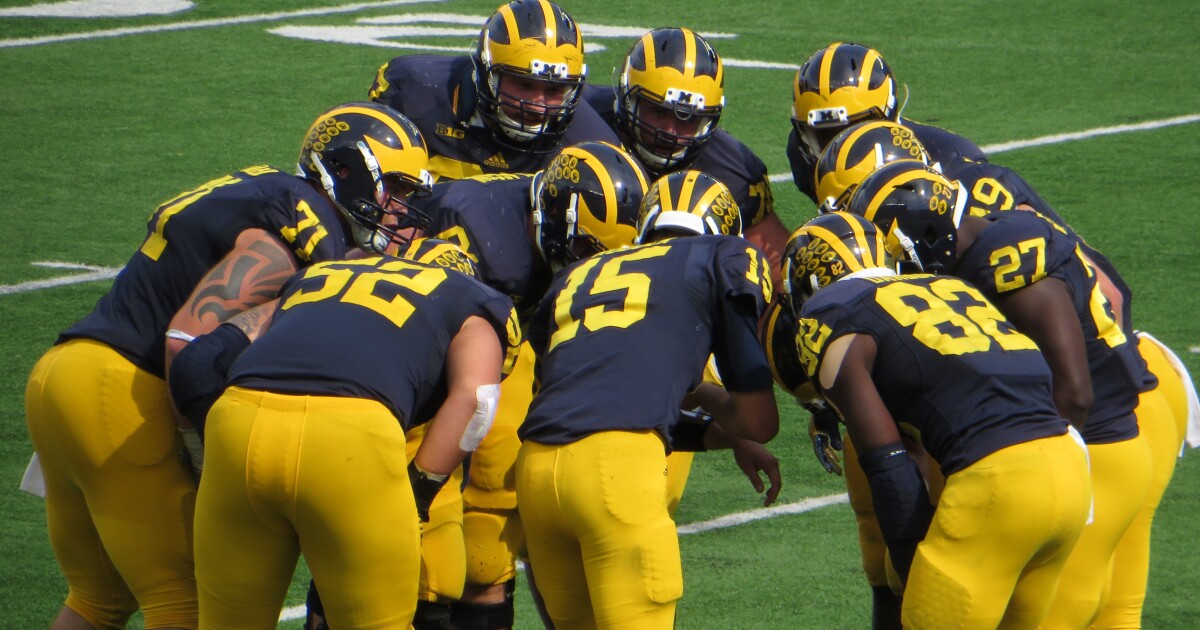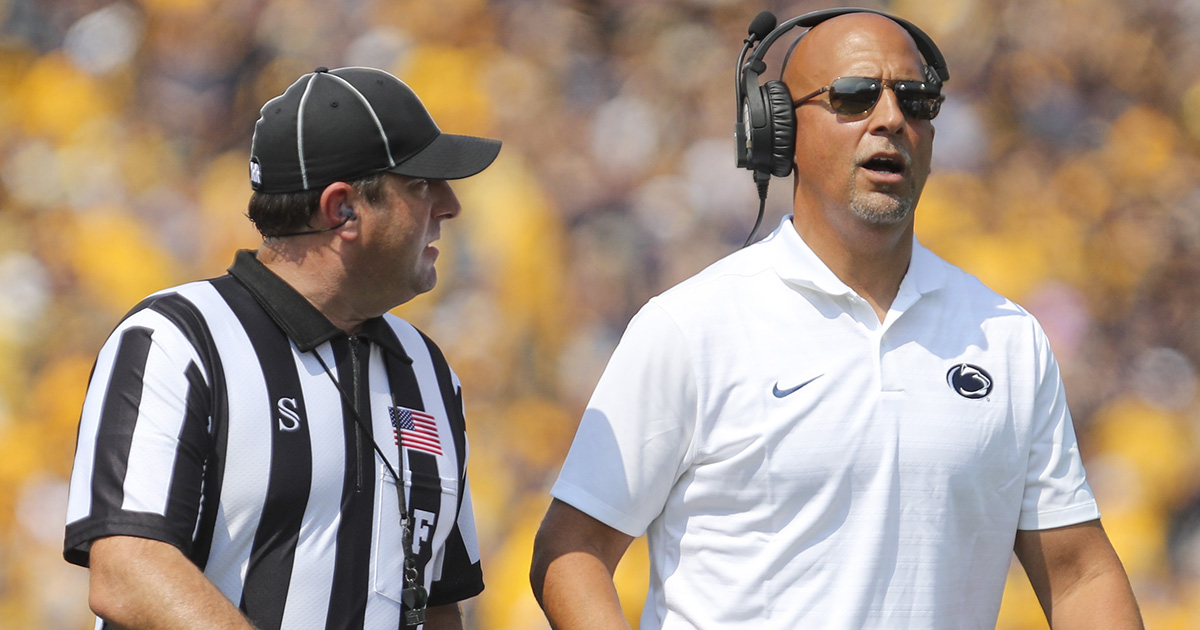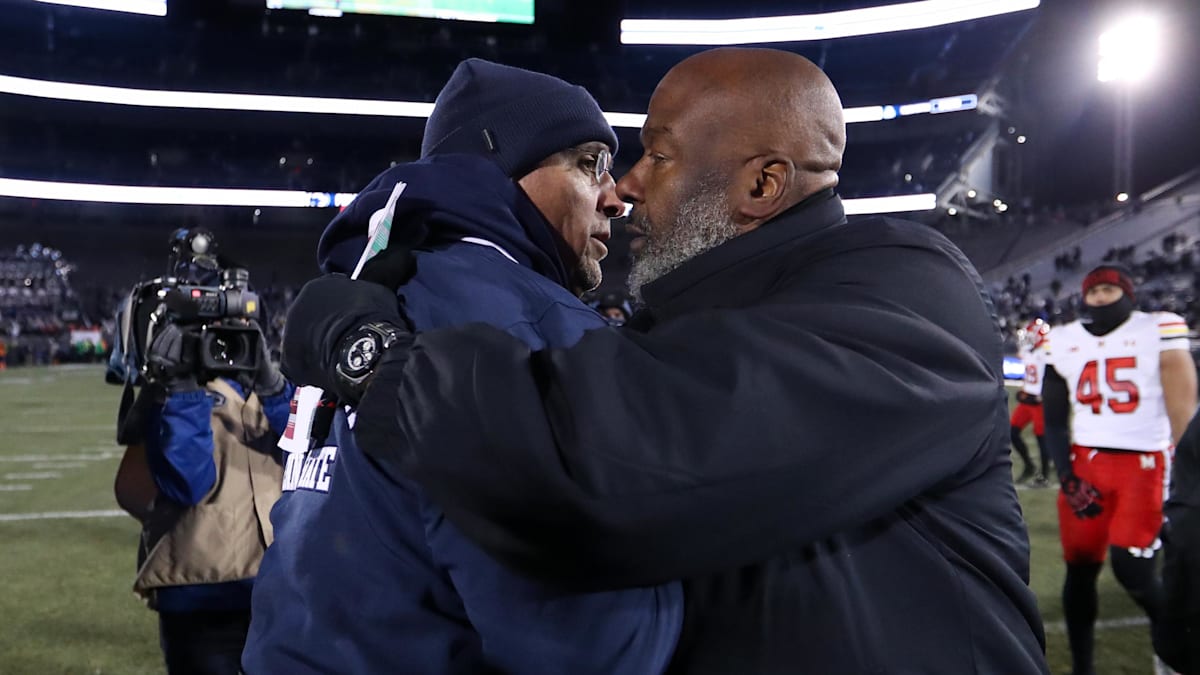Sacramento State has informed the Big Sky Conference of its intention to leave starting June 30, 2026, the league announced Thursday. The Hornets are expected to announce a move to the Big West for every sport but football starting July 1, 2026. The move will leave the Hornets without a football conference home starting next year as the school waits for final word on its waiver application to reclassify as an FBS school next season.
The waiver is tied to the NCAA’s “bona fide invitation requirement,” which sets an FBS conference invitation as a prerequisite for reclassification. The Hornets currently do not hold a conference invite, and would compete as an independent should they move up.
The FBS Oversight Committee recommended denying the waiver request last week, with the Division I Council set to make a final decision in the coming days. So what’s at sake for the Hornets? And how did they get to this point?
The big bet
Last year a prominent group of Sac State boosters formed the “Sac12” — an organization dedicated to raising the athletic department’s profile to a point it can earn a Pac-12 invitation in the future.
According to the group’s website, its goals include:
- Securing $50M in NIL commitments to cover the first 10 years in the Pac-12.
- Securing funding and approvals to build a football stadium that seats at least 25,000 attendees.
- Securing funding and approvals to build a basketball arena that can seat at least 6,000 attendees.
- Turning out at least 15,000 attendees per home football game for the remainder of the season
- Securing $5.25 million in conference fees for NCAA re-alignment into the Pac-12.
Taking the first toward these goals, the school announced construction on a new football stadium — set to open in 2026 — along with renovations to its basketball arena.
The athletic department placed a heavy bet on reclassifying with splash offseason hires for both the football and basktball programs. The school tapped Brennan Marion as its football coach, an up-and-coming coordinator from UNLV who drew interest from several FBS schools with coaching vacancies this past offseason. On the basketball side, the Hornets turned to former NBA All-Star Mike Bibby to to lead the team.
The moves certainly built some buzz around the football program. The Hornets signed an exceptoinal transfer class, headlined by former blue-chip quarterback prospect Jaden Rashada, who is expected to lead Marion’s exciting “Go-Go Offense” in 2025. Overall, the Hornets brought in 40 Division I transfers, 29 of which have significant playing time under their belts.
What’s at stake?
Many of Sac State’s strong offseason moves were made under the belief the football team would be playing in the FBS in 2026. A source told CBS Sports the program’s football budget is just north of $1 million for next year, but questions remain as to whether booster support can endure a multi-year transition process.
There’s also a strong chance several of the Hornets’ high-profile transfers could search for greener pastures after this season rather than toil away in the FCS ranks again in 2026.
As mentioned above scheduling would be complicated. While Marion told CBS Sports earlier this spring that the Hornets had an independent schedule ready for the 2026 season if the waiver was approved, compiling an FCS independent slate would be a much more difficult endeavor. The Hornets only have two opponents (Lamar and Fresno State) set for the season.
FBS schools are only allowed to count one FCS team per season toward bowl eligibility, and those opponents are usually set years in advance. The Hornets could be forced into buy games from Division II opponents, which would not only drain funds but further dampen positive momentum the school has made with its donor base.
What happens next?
Sacramento State’s waiver is tied to a similar move made by Liberty in 2017. The NCAA granted the Flames’ waiver, allowing them to play an independent schedule from 2018-22 before the program joined Conference USA.
The NCAA Oversight Committee was not swayed by the argument, pointing to drastic changes to the college football landscape over the past eight years.
“Although a waiver of the bona fide invitation requirement was granted in 2017, that decision was made in a different era, under a different set of facts and rules,” the council wrote in its waiver denial. “The Division I membership adopted the current legislation to affirm the importance of the nature and purpose of the subdivision reclassification process, choosing to place that decision-making authority with the council.”
On Wednesday, Sacramento State president Luke Wood penned a letter in response to the oversight committte’s statement:
This week, an NCAA committee recommended against granting Sacramento State a waiver to join FBS as an independent. We remain hopeful as the D1 council has the ultimate decision and authority. The rationale, that a lack of a conference invite ‘signals readiness,’ is flawed.
In a normal situation this rationale would make sense, except for we are located in a part of the country that has limited FBS conference options. The only reason we don’t have an invite is geography. Multiple FBS commissioners and presidents who are outside our region have told us directly they would welcome Sacramento State, but cannot make the travel work. Geography should not be a deterrent when a university is in a unique geographic situation. The last West Coast school to make the leap was Boise State, nearly 30 years ago.
A conference invite is not the right benchmark. Readiness is measured by investment, infrastructure, and commitment and Sacramento State exceeds the standard. Liberty University was (relatively) recently granted approval to make the same transition but we are now being told ‘that was a different time.’
The fate of the football program now rests in the hands of the NCAA Division I council. A waiver would keep the Hornets’ ambitious plans on track, while a denial would could drastically affect the athletic department’s timeline.

